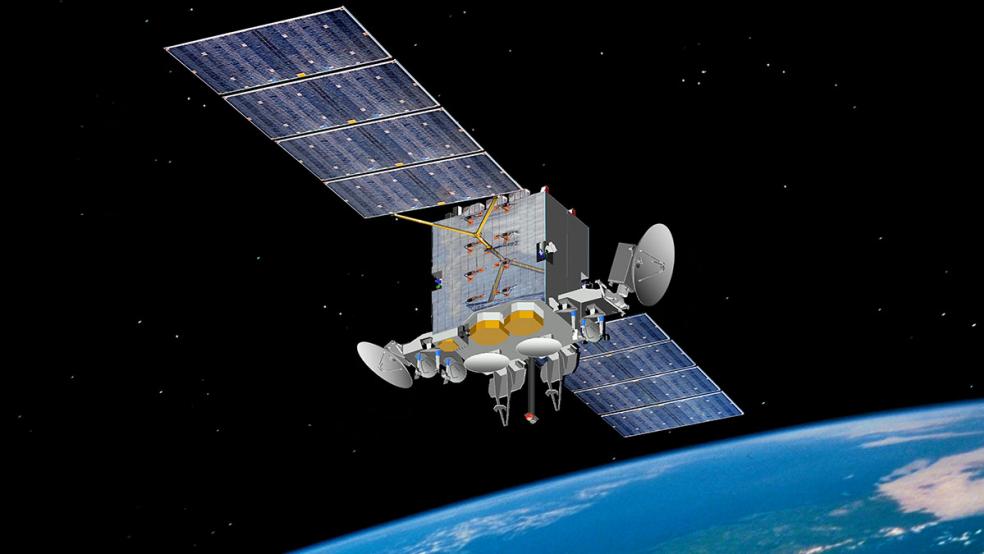Space may be the final frontier, but it is also fast becoming another potential battlefield where America must be prepared to defend itself against any and all adversaries.
Related: Game of Drones - The Air Force Ramps Up Video Game Warfare
That was the message in a recent Defense News op-ed by two Air Force generals -- Dave Goldfein, the service’s chief of staff, and Jay Raymond, chief of the U.S. Air Force Space Command. They quoted another general, John Hyten, head of the U.S. Strategic Command (guardian of the nuclear arsenal), who has said that “there is no such thing as a war in space, there is just war, it’s with an adversary and if it extends into space we have to figure out how to fight it.”
As if on cue, the global military information site IHS Jane’s 360 reported late last week that Russia plans to arm some of its MiG-31BM interceptor aircraft with anti-satellite weapons. “A new missile is being developed for this aircraft capable of destroying targets in near-space," a Russian Aerospace Forces squadron commander said on Zvezda TV, a channel run by the Russian Defense Ministry, according to Jane’s.
One major reason that defending satellites and space-based systems has become so imperative is that the Air Force is relying more and more on attack drones, which are controlled from afar through satellite links. Drones also use satellite-based GPS to relay their positions to ground control.
Related: More Killer Drones, Please: The Air Force Places a $371 Million Order
As retired Air Force Major General James Poss wrote recently, “Beyond line of sight (BLOS) data links [have] revolutionized air power.” And the BLOS drones are getting more powerful.
The Air Force plans to replace its fleet of MQ-1 Predator drones with MQ-9 Reapers by 2018, according to UPI. The Reaper has a 3,750-pound payload capacity vs. 450 pounds for the Predator, a 50,000-foot flight ceiling vs. 25,000, and can cruise at about 230 miles per hour vs. 84 miles an hour. Reapers cost almost $15 million apiece.
Generals Goldfein and Raymond laid out a three-part strategy the Air Force is pursuing: enhancing its ability to spot threats and “control space assets;” “strengthening partnerships across the Department of Defense and intelligence community” to defend space systems; and building on the Interagency Combined Space Operations Center that was set up last year in Colorado.
War in space, the generals wrote, is “no longer just the stuff of science fiction writers like Isaac Asimov and Ray Bradbury. In space, we must be able to detect threats early … and respond so decisively that no foe is tempted to raise a weapon in anger.”





